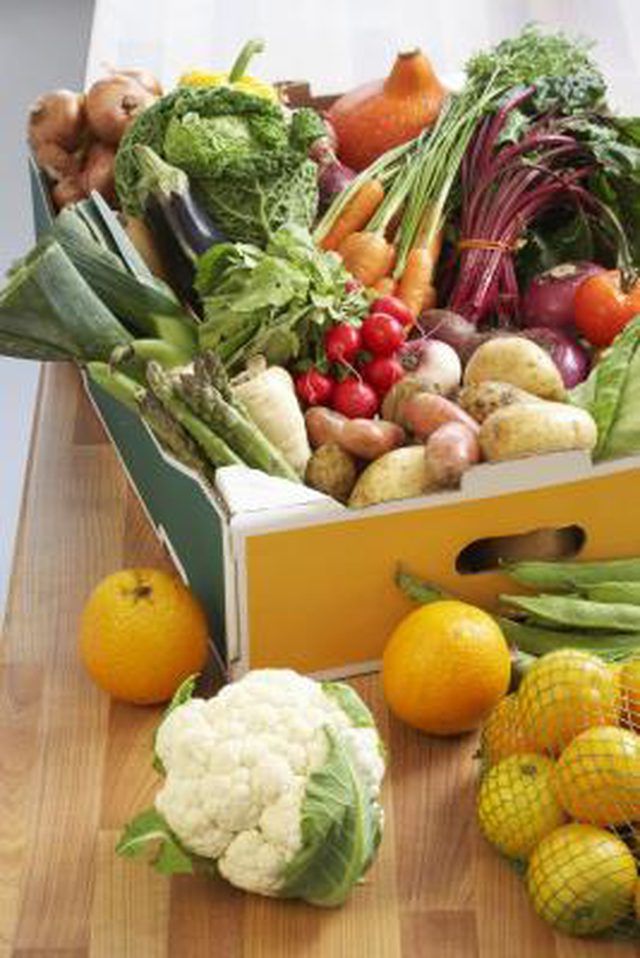Bulbs
Flower Basics
Flower Beds & Specialty Gardens
Flower Garden
Garden Furniture
Garden Gnomes
Garden Seeds
Garden Sheds
Garden Statues
Garden Tools & Supplies
Gardening Basics
Green & Organic
Groundcovers & Vines
Growing Annuals
Growing Basil
Growing Beans
Growing Berries
Growing Blueberries
Growing Cactus
Growing Corn
Growing Cotton
Growing Edibles
Growing Flowers
Growing Garlic
Growing Grapes
Growing Grass
Growing Herbs
Growing Jasmine
Growing Mint
Growing Mushrooms
Orchids
Growing Peanuts
Growing Perennials
Growing Plants
Growing Rosemary
Growing Roses
Growing Strawberries
Growing Sunflowers
Growing Thyme
Growing Tomatoes
Growing Tulips
Growing Vegetables
Herb Basics
Herb Garden
Indoor Growing
Landscaping Basics
Landscaping Patios
Landscaping Plants
Landscaping Shrubs
Landscaping Trees
Landscaping Walks & Pathways
Lawn Basics
Lawn Maintenance
Lawn Mowers
Lawn Ornaments
Lawn Planting
Lawn Tools
Outdoor Growing
Overall Landscape Planning
Pests, Weeds & Problems
Plant Basics
Rock Garden
Rose Garden
Shrubs
Soil
Specialty Gardens
Trees
Vegetable Garden
Yard Maintenance
Vinegar Rinse for Produce
Vinegar Rinse for Produce. Despite its healthful reputation, fresh produce sometimes harbors potentially harmful microorganisms and bacteria. Washing produce before use will remove the pathogens and help prevent foodborne illness, although it must be done correctly to reap the benefits. A vinegar rinse is one common method of cleaning produce,...

Despite its healthful reputation, fresh produce sometimes harbors potentially harmful microorganisms and bacteria. Washing produce before use will remove the pathogens and help prevent foodborne illness, although it must be done correctly to reap the benefits. A vinegar rinse is one common method of cleaning produce, although it may change the flavor and texture of certain fruits and vegetables. Fruits and vegetables with smooth skin, such as apples, eggplants and pears, hold up best to a vinegar rinse, while delicate, leafy produce, such as lettuce, may be altered in taste and texture if exposed to vinegar for too long.
Things You'll Need
White vinegar
Spray bottle (optional)
Paper towels or salad spinner
Rinse produce under running water to remove any large pieces of debris, soil or other residue. Rub the produce gently with your fingertips to open any crevices that may be holding dirt. Use water that is no more than 10 degrees Fahrenheit colder than the produce to better preserve its texture.
Break down heads of lettuce, cabbage and similar produce to their individual parts to more thoroughly clean them. Separate the lettuce leaves and rinse them again under running water before applying the vinegar solution. Use cold water to prevent wilting.
Soak broccoli, cauliflower and other vegetables with highly textured parts in a bowl of water for two minutes to loosen any dirt trapped in the crevices. Swirl the water occasionally to agitate the vegetables and loosen any embedded soil. Rinse the vegetables thoroughly in cold running water.
Combine 1 part white vinegar with 3 parts cold tap water. Fill a spray bottle with the vinegar solution or fill a bowl large enough to submerge the produce. Use the spray bottle for smooth-skinned produce items, such as apples, and a bowl of the solution for lettuce or other bulky items.
Coat the produce with the vinegar solution until the outside is saturated. Rinse the vinegar off in cold running water. Do not let the vinegar solution soak in for too long because it may change the flavor or texture of the produce. Smell the produce after rinsing and rinse again if you still smell vinegar.
Dry the vegetables with paper towels or by placing them in a salad spinner. Use the washed produce immediately so it doesn't become recontaminated during storage. Discard the used vinegar solution. Do not use reusable dish towels to drain the vegetables because they may harbor bacteria.
Tips & Warnings
Scrub potatoes and other tough-skinned vegetables with a stiff brush to remove any soil or dirt.
Wash your hands and preparation equipment, such as cutting boards and knives, before working with fresh produce.
Wash all vegetables before peeling them because harmful bacteria can be passed from the peel to the inner flesh during preparation.